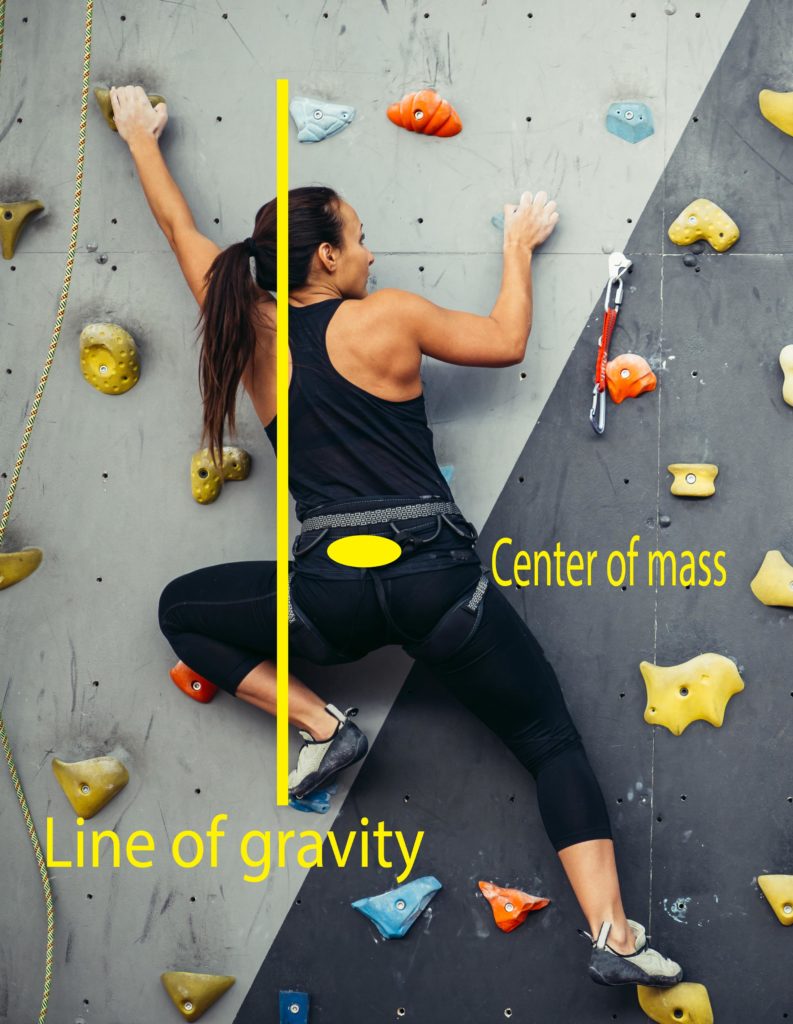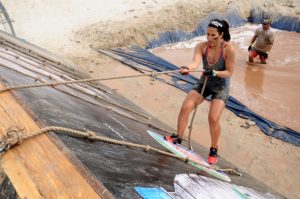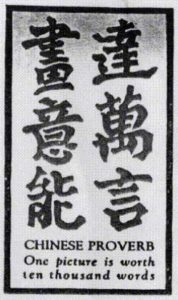Mountain Athlete: 2-Dimensional Video Slow-Motion Analysis

I have been asked to present a continuing education webinar to members of the National Strength and Conditioning Association. The theme of the program is Human Performance the “Mountain Athlete”
What is a “Mountain Athlete”? Athletic activities that occur in the mountains are skiing, climbing, Spartan racing, adventure racing, trekking, adventure racing, mountain biking, and kayaking to name a few.
I do not profess to be a Mountain Athlete. I am using the opportunity to explore how my knowledge and skills evaluating and managing injuries, preventing injuries, and improving performance involving the movement system can be applied to Mountain Athletes. A good tool to accomplish this is 2-dimensional video slow-motion analysis
The following are some examples of using a 2-dimensional video slow-motion analysis with mountain athletes.
Comparing real-time observations versus slow-motion observations Skiing
Analysis of movements Cross country skiing to improve performance
Analysis of leg, ankle, feet movements while Downhill skiing to improve performance
Biomechanical analysis of Rock climbing
Slow-motion analysis describing ideal Kayaking technique
Slow-motion observation of Rope climb technique

Comparing real-time observations versus slow-motion observations of Downhill trail running
Slow-motion analysis of Mountain biking jumps
The above examples involve using 2-D motion slow-motion video analysis to improve performance. This technology has the potential for the alternative purposes of management of repetitive use injuries and/or prevention of injuries.
New technology has benefits and barriers.
Benefits of using 2-dimensional slow-motion video analysis can:
- Increase the accuracy of analyzing motion. Compared to real-time visual observation slow-motion &/or frame by frame analysis dramatically increases the ability to see details of the movement. The ability to freeze motion at key points & slow down movement greatly increases observational power. Allows for the repeated examination of the client’s movement without increasing the level of fatigue or risk of injury. Facilitates comparisons under different conditions/interventions.
- Increase the level of engagement between athlete, coach, and team members. Simply having an increased self-awareness can be beneficial. Video recordings can facilitate an individual’s self-awareness of what movements and specific directions of movements provoke symptoms and/or improve performance.
- Increase communication between athletes, coaches, team members, medical professionals, and sponsors. Sharing a video recording can occur via teleconferencing for mentoring and obtaining second opinions. It is estimated that more than 50% of the population preferred learning sense is visual. Seeing is believing.
If a picture is worth a thousand words what is a slow-motion video worth?

Barriers to use of 2-dimensional slow-motion video analysis:
There are numerous barriers to using 2-dimensional slow-motion video analysis for the mountain athlete including camera selection, video recording speed, staging/rehearsal, arranging lighting to name a few.
Two barriers I would like to focus on are perceived ease of use and identifying a point of reference to describe motion.
A barrier to the use of new technology is perceived ease of use. The degree to which a person believes that using a system would be free from effort is perceived ease of use. If the technology is perceived as difficult to use it is a barrier. If technology is easy to use, then the barriers conquered.
The multitude of variations of digital video editing software can result in a convoluted barrier.
Strategies to address the barrier of convolutedness of software are explore the help tab of new software; explore YouTube university, and find a geeky friend or mentor.
Reflect on previous experiences learning new software and ask questions. Based on previous experiences learning new software applications what tactics worked well and what tactics did not work well?
A unique barrier to using 2-dimensional motion slow-motion video analysis for the Mountain Athletes is identifying a consistent reference point. To determine if something is in motion you need a reference point. Movement is described relative to a reference point by its position, speed, direction, and degree of acceleration.
Typical reference points used for motion analysis are line of gravity, line of the horizon, and center of mass. These reference points are applicable to the analysis of the movements of the mountain athlete.

However additional typical motion analysis reference points are more challenging if not inappropriate when applied to the Mountain Athlete. Motion analysis reference points such as the adjacent limb segment; the anatomical plane of the body is bewildering when the body is upside down in space.

Motion analysis reference point of the line progression is confusing when progression is zig and zag, slide sideways, and up and down. Motion analysis reference points such as the phase of gait or period of gait do not apply when the body is not in contact with the ground.
This barrier can be addressed by taking time to define the point of reference for the unique movements of the mountain athlete that eliminates this barrier.
The benefits of a 2-dimensional slow-motion video analysis of the mountain athlete are improved performance, management of repetitive use injuries, prevention of repetitive use injuries. There are barriers to using 2- dimensional slow-motion video for the mountain athlete. Resolve and eliminate barriers.
"The only thing that will never change is the fact that things will continue to change"
A on demand video webinar exploring this topic is available at Plus by Physiopedia entitled “Indications, Benefits, & Barriers of 2D Motion Analysis”
Use this code – “Damien30” for a 30% discount to access this webinar as well as the more than 500 continuing education webinar courses available at Plus by Physiopedia. This is the link http://bit.ly/DAMIEN30 with the 30% discount code embedded.
The information on this website is not intended or implied to be a substitute for professional medical advice, diagnosis, or treatment. You are encouraged to perform additional research regarding any information contained on available through this website with other sources and consult with your physician.
Damien Howell Physical Therapy – 804-647-9499 – Fax: 866-879-8591 At-Home, At Office, At Fitness Facility – I come to you, I do home visits Damien@damienhowellpt.com

